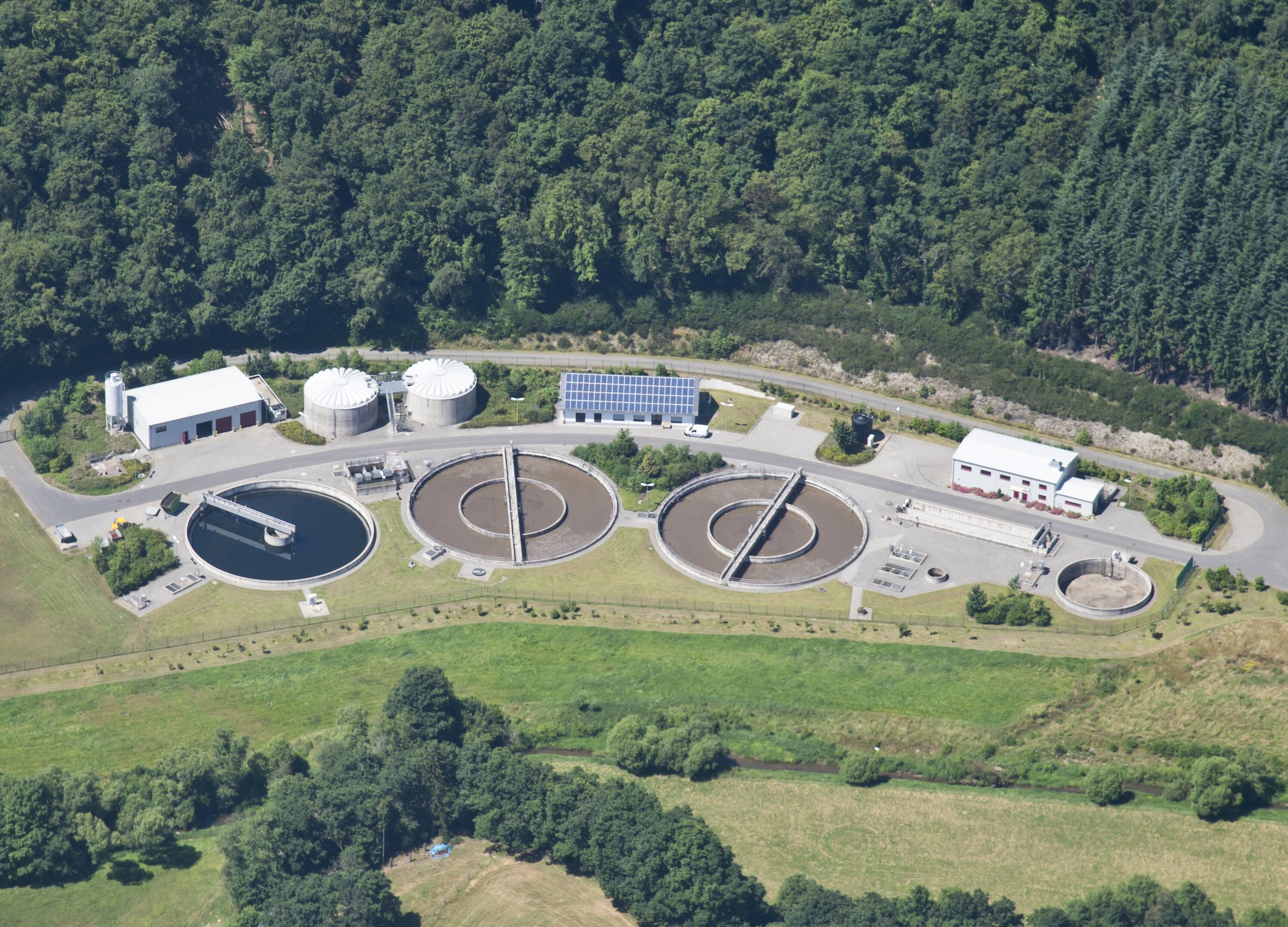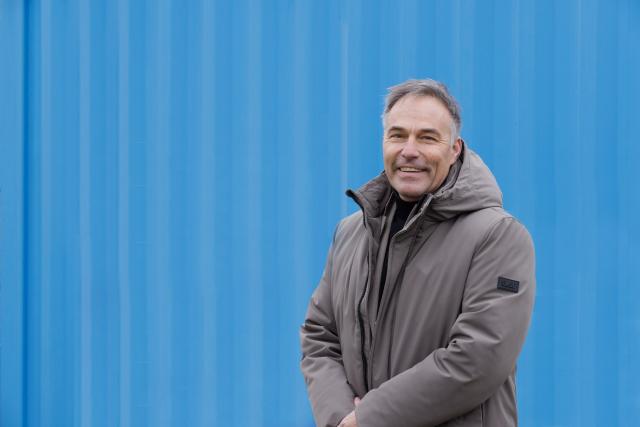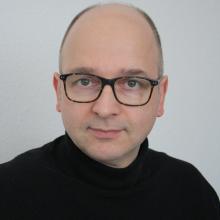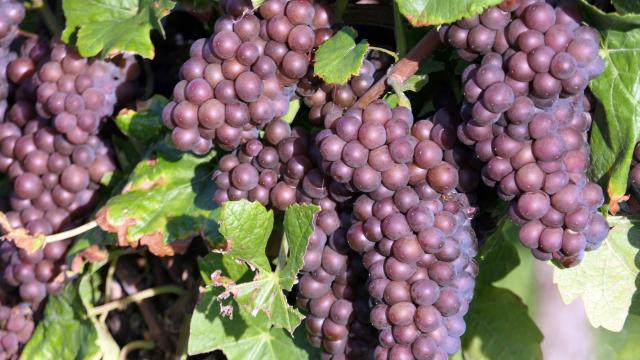

The next step in wastewater treatment: Eliminating micropollutants – launching the fourth stage
Wastewater treatment plants are currently divided into three stages. It starts with mechanical cleaning, which removes everything coarse such as food residues, toilet paper, leaves, small stones, sand, and fats. This is followed by biological and chemical treatment, which deals with carbon compounds and the nutrients nitrogen and phosphorus. However, the three-stage cleaning process is not perfect. A group of substances slips through and ends up in our waterways. These are trace substances or micropollutants.
They are so called because they occur in very low concentrations, less than one microgram per liter. One microgram is one millionth of a gram. These are artificially produced and natural substances, have it all. The painkiller diclofenac, which promises relief for joint diseases. The contrast agent amidotrizoic acid, which is used in X-rays. The synthetic fragrance HHCB, a component of cosmetics and personal care products, and the insect repellent diethyltoluamide (DEET), which we use to ward off mosquitoes. The corrosion inhibitor benzotriazole, which is contained in dishwasher tablets. These and many other substances are not eliminated or not sufficiently removed in conventional wastewater treatment plants. In the case of diclofenac, for example, in average less than 25 percent of the inlet dose is removed. And amidotrizoic acid survives the three-stage treatment almost unchanged.

Heart palpitations in fish
The chemical cocktail that finally ends in our waters is dangerous. “Even in very low concentrations, trace substances can harm plants and animals – over long periods of time,” says Henning Knerr from the Institute “Water Infrastructure Resources (WIR)”. This is because benzotriazole, diethyltoluamide and other trace substances are difficult or impossible to eliminate in waters. They also spread with the water flow and thus can cause damage everywhere. It is known that herbicides inhibit the photosynthesis of algae. Painkillers damage the internal organs of fish, such as their gills. And artificial sweeteners are suspected of disrupting their nervous system, causing their hearts to beat faster. Trace substances can also pose a health risk to humans, as they can enter potable water via waterways.
For this reason, the EU has issued a new Urban Wastewater Treatment Directive (UWTD) that prescribes an additional fourth treatment stage for wastewater treatment plants. This is a treatment step that specifically targets trace substances. Knerr and the WIR team have been working on stage 4 for many years. They are researching, testing, and improving processes for trace substance elimination. “Three fundamental mechanisms have been demonstrated to be effective,” explains the civil engineer, who holds a doctorate. Chemical oxidation with ozone (O3), adsorption with activated carbon, and the physical processes of nanofiltration and reverse osmosis. Oxidation and adsorption are already in use in some wastewater treatment plants, for example in Baden-Württemberg. The physical processes are not yet in use because they are too expensive. Knerr and the WIR team are therefore focusing on oxidation and adsorption and are continuing to develop these two processes.
Small particles, big impact
Ozonation basically works by adding ozone into the mechanically and biologically treated wastewater. “This partially oxidizes the trace substances, i.e., chemically alters them,” says Knerr. “They split into smaller molecules and lose their original effect.” However, ozonation alone is not enough. The oxidation products formed in the process must then be further biodegraded. Caution is also required: in the case of some trace substances, ozonation produces new undesirable substances that may have an even more harmful effect than the original substances.
This cannot happen with adsorption because the trace substances remain chemically unchanged. Instead, the wastewater flows through an activated carbon bed. Activated carbon is specially treated as brown or hard coal in granule form. Coconut shells, fruit pits, or wood are also suitable raw materials. What makes the granules special is their porosity: countless tiny channels and cracks run through the interior. This gives a small granule a huge surface area: the total surface area of just four grams of activated carbon is equivalent to the area of a soccer field. The granules exert a strong attraction on the trace substances. They gradually attach themselves to the activated carbon as the wastewater flows through the carbon bed. This continues until the activated carbon, with its thousands of micro-cavities, is saturated and needs to be replaced. This removes trace substances from the wastewater.
“All processes have a broad-spectrum effect, eliminating many trace substances at once,” explains Knerr. Some substances are better removed by oxidation, others by adsorption. Ozonation, for example, removes around 95 percent of the painkiller diclofenac, while adsorption removes around 80 percent. However, some trace substances prove to be very stubborn. Neither ozone nor activated carbon can remove amitotricic acid. The situation is similar with melamine, which is found in coatings, adhesives, sealants, detergents, and cleaning agents. Perfluorooctane sulfonic acid (PFOS), on the other hand, is adsorbed well but oxidized poorly. PFOS, a component of firefighting foam, enters wastewater in large quantities during major fires.
Closing the gap
The WIR team is trying to tackle the most resistant trace substances with new approaches. Advanced oxidation processes are tested at the pilot plant at the Worms wastewater treatment plant. This involves irradiating wastewater with ultraviolet light after adding either ozone or hydrogen peroxide (H2O2) or both. This leads to the formation of hydroxyl radicals – special molecules that also react with organic substances that are difficult to break down chemically or biologically. This results in a double conversion of the trace substances: by the actual oxidizing agent – ozone or hydrogen peroxide – and additionally by the hydroxyl radicals. “This allows us to eliminate the X-ray contrast agent amidotrizoic acid more effectively than with ozonation alone,” says Knerr.
The pilot plant at the Landstuhl wastewater treatment plant, where the WIR team is testing soil filters, focuses on nature-based processes. These vegetated sand filters have been used in combined sewer overflow treatment, among other applications. The background: There are two types of sewer systems. Those through which only wastewater from households, commerce, or industry flows. And combined sewer systems, which also transport rainwater runoff from e.g. streets to the wastewater treatment plant. The volume of water in combined sewer systems is larger. Since wastewater treatment plants cannot treat everything at once, it is first stored temporarily.
If there is heavy rainfall and the storage tanks are full, the so-called combined sewer overflow system kicks in: the combined sewer is discharged directly into the waters via an overflow, bypassing the wastewater treatment plant. However, this also allows trace substances that could be removed very effectively by wastewater treatment plants, including the painkiller ibuprofen, to enter rivers and lakes. Knerr's team is developing a process that closes this gap. By adding activated carbon to the filter sand, two processes are combined into one: combined sewer overflow treatment plus elimination of trace substances. The enriched filter sand prevents almost all trace substances from passing through the overflows.
Color change in the river
Knerr's research is not only about expanding and perfecting the processes for stage 4. It is also about investigating where the substances come from, how they spread in water bodies, and to what extent trace substance elimination actually contributes to reducing pollution in a river basin. To this end, the civil engineer has developed the “StoffFLUSS” simulation model. It calculates where selected trace substances occur in a body of water and in what concentrations – and how the concentration changes with the introduction of stage 4.
The model proved its capabilities in a simulation of diclofenac pollution in the Sauer river basin, a tributary of the Moselle that rises in the Belgian Ardennes. Two scenarios were calculated. The first was the current situation based on the existing wastewater treatment plants without stage 4: Some sections of the water body were colored yellow, orange, and red – the diclofenac concentrations here were in some cases significantly above the Environmental Quality Standard (EQS). In the second scenario, some wastewater treatment plants were virtually equipped with a fourth stage, in this case ozonation. The water sections previously marked as overloaded were now colored green. This proves that upgrading the wastewater treatment plants with ozonation would massively reduce diclofenac pollution.
Such simulations are intended as recommendations for action. “StoffFLUSS” can be used to check which process brings the biggest benefit to the water bodies. In the future, the model will also be able to simulate the optimal sequence of upgrades, i.e., which plants should receive stage 4 first. These guidelines are important in view of the EU's UWTD directive, which stipulates that wastewater treatment plants serving 150,000 inhabitants or more and, as a rule, municipal sewage treatment plants in areas with excessive trace substance pollution must install an additional fourth treatment stage in stages by 2040.
It's going to be really expensive
What does this mean for Rhineland-Palatinate? Of the total of 660 municipal wastewater treatment plants, 65 currently need to be upgraded to stage 4 due to excessive pollution in the water. According to estimates by the Rhineland-Palatinate State Office for the Environment, this will cost between 600 and 700 million euros. Rhineland-Palatinate could face even higher investments if the EQS guidelines become even stricter, as expected. This EU directive specifies the maximum levels of certain trace substances that may not be exceeded in water. It is quite possible that the EU will lower the limit for diclofenac, for example. If so, more than the 65 wastewater treatment plants that have been retrofitted to date will have to be upgraded.
The status quo with regard to Stage 4 varies from state to state. Baden-Württemberg and North Rhine-Westphalia have already done some of their homework and expanded many wastewater treatment plants. “In the rest of the country, things are rather bleak,” says Knerr. Many states waited for the EU regulation before starting their planning. In Rhineland-Palatinate, some expansions are planned, but no Stage 4 plants are yet in operation. So the real work is only just beginning. Henning Knerr will provide scientific support to ensure that our waters remain free of trace substances in the future and that none of them end up in our drinking water.

Ready to dive deeper?
Venditti, S.; Kiesch, A.; Brunhoferova, H.; Schlienz, M.; Knerr, H.; Dittmer, U.; Hansen, J. (2022): Assessing the impact of micropollutant mitigation measures using vertical flow constructed wetlands for municipal wastewater catchments in the greater region: a reference case for rural areas. Water Science & Technology 86(1); DOI: 10.2166/wst.2022.191
>> GO TO PAPER
Knerr, H.; Gretzschel, O.; Valerius, B.; Srednoselec, I.; Zhou, J.; Schmitt, Theo G.; Steinmetz, H.; Dittmer, U.; Taudien, Y.; Kolisch, G. (2020): Modellgestützte Bilanzierung von Mikroschadstoffen in Gewässern. In: gwf-Wasser|Abwasser, 3/2020, S. 55-65
>> ACCESS THE PUBLICATION
SWR Rheinland-Pfalz, Landesschau vom 20. März 2025, Reinigungsverfahren der Kläranlage: Was Sie über die Abwasserqualität wissen sollten.
>> WATCH THE VIDEO (GERMAN ONLY)

Diese Themen könnten dich auch interessieren:



